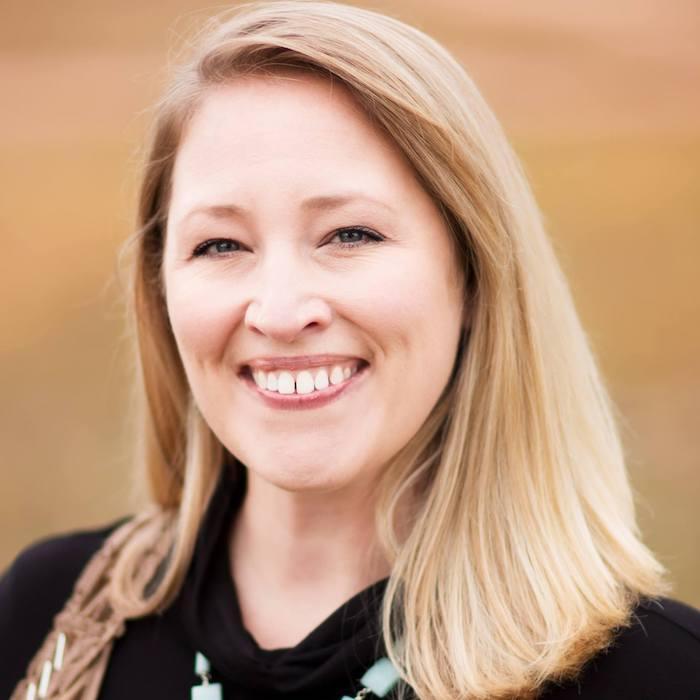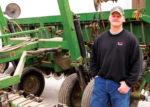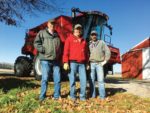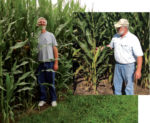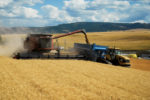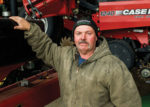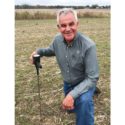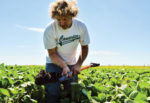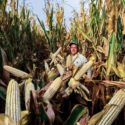What I've Learned from No-Tilling
Years of no-till experience enables Bud Smith to help no-tillers find the weakest link in their field, such as seed placement and nitrogen timing.
I'm not sure anyone has changed their stance on no-till more than me. As the agronomy manager of Caledonia Farmers Elevator in Michigan, the farmers I advised always looked to me for the solutions to their problems. When the early innovator farmers I worked with started attempting no-till, I watched a lot of failures and I didn’t have any good answers at the time.
Read More

